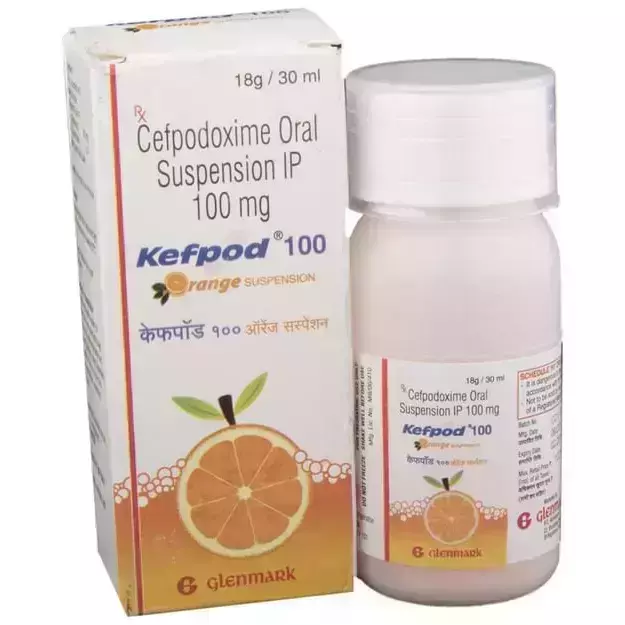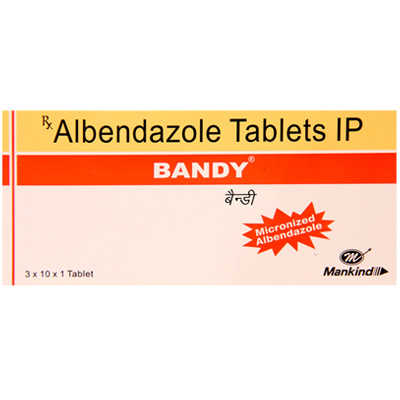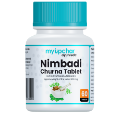Chlorocept Suspension is a prescription medicine that is available as a Suspension. It is primarily used for the treatment of Bacterial Infections. The alternative uses of Chlorocept Suspension have also been explained below.
The optimal dosage of Chlorocept Suspension is largely dependent on the individual's body weight, medical history, gender and age. Besides the medical condition it is advised for, the route of administration also plays an important role in determining the correct drug dosage. For detailed information on this, read through the dosage section.
Some other side effects of Chlorocept Suspension have been listed ahead. Such side effects of Chlorocept Suspension normally do not last long and go away once the treatment is completed. However, if these continue for a longer time, consult your doctor right away.
It is also important to note that Chlorocept Suspension has a Severe effect for pregnant women and Severe effect on lactating mothers. It is important to know if Chlorocept Suspension has any effect on the kidney, liver and heart. Information on such adverse effects, if any, has been given in the Chlorocept Suspension related warnings section.
Individuals suffering from medical conditions like Kidney Disease, Liver Disease must refrain from the use of Chlorocept Suspension since this can cause severe adverse effects. Other contraindications of Chlorocept Suspension have been discussed in the sections ahead.
Besides this, Chlorocept Suspension may also have severe interaction with some medicines. Refer to the list below for further details.
You should also be aware that Chlorocept Suspension is safe while driving, and is addiction.
X



























